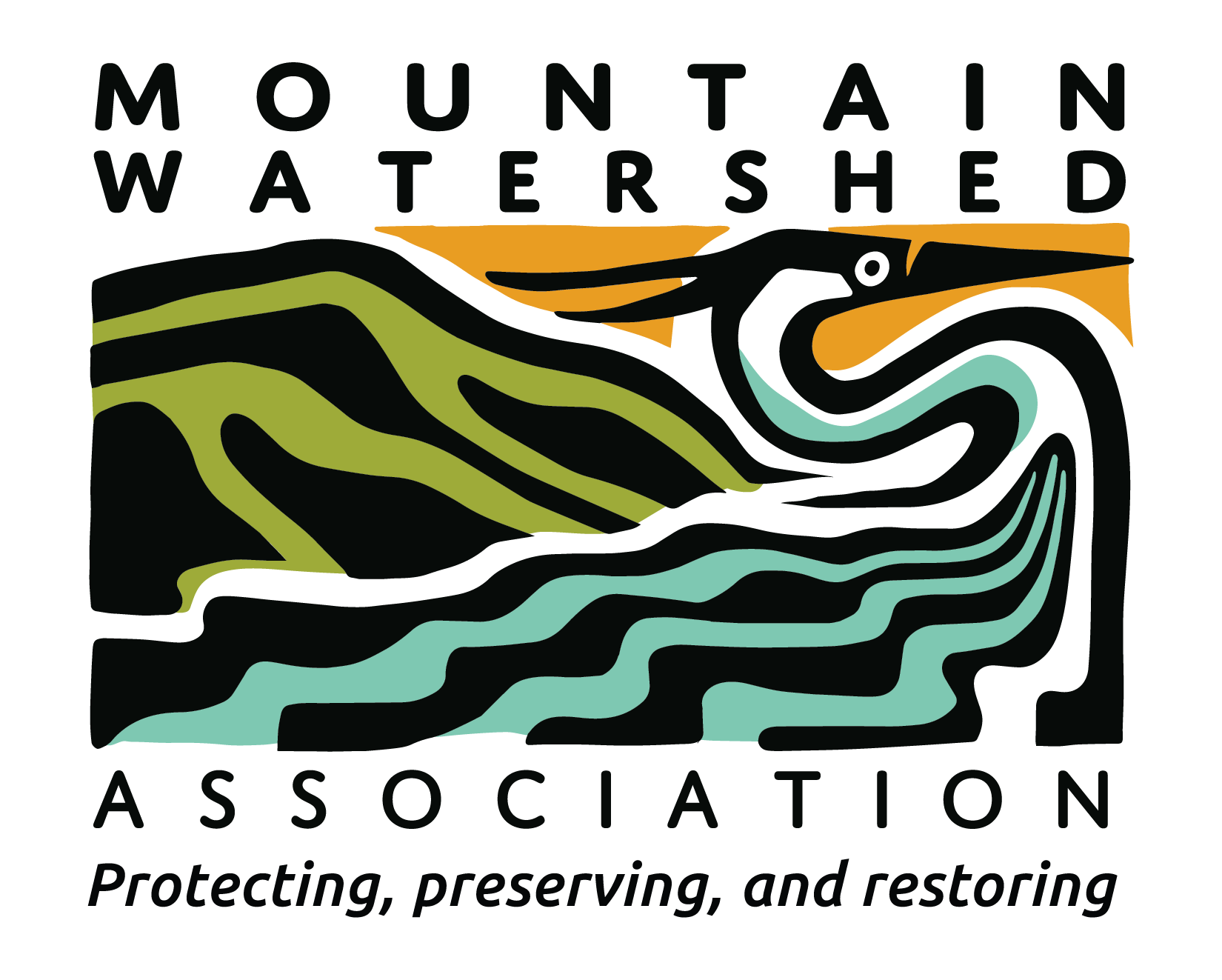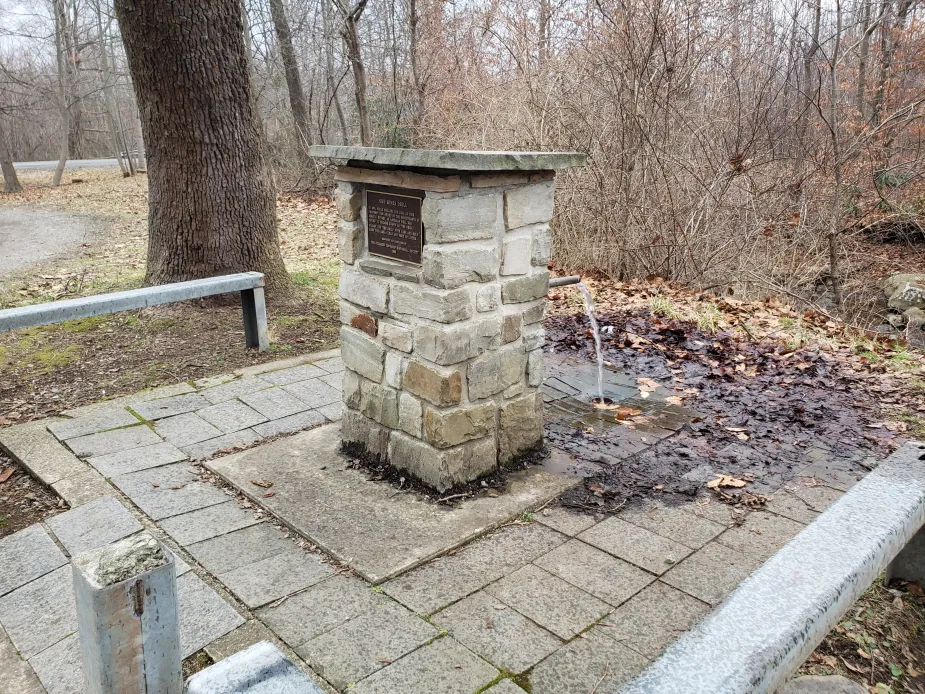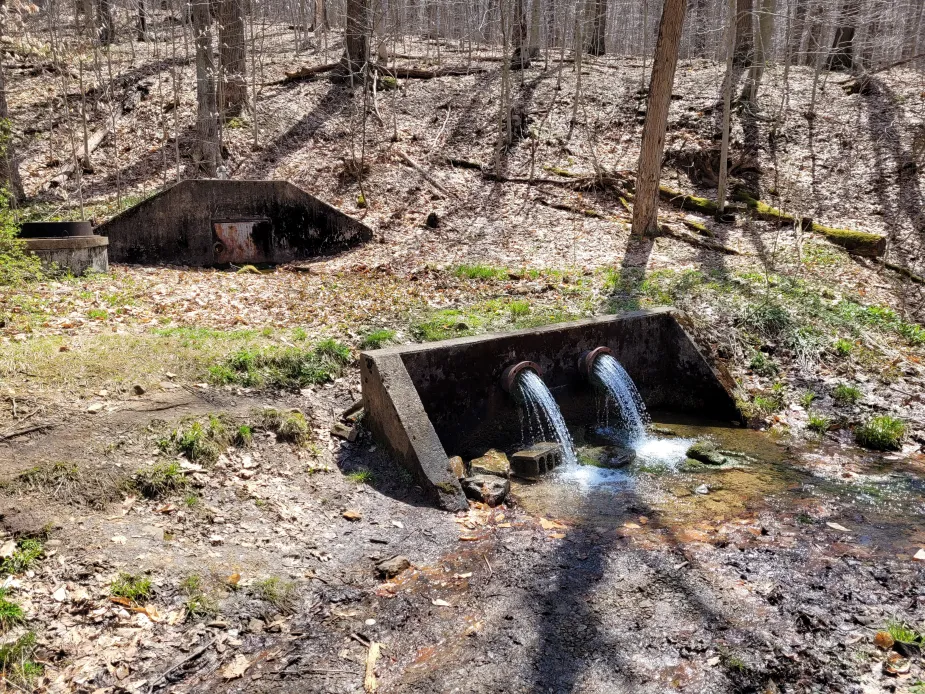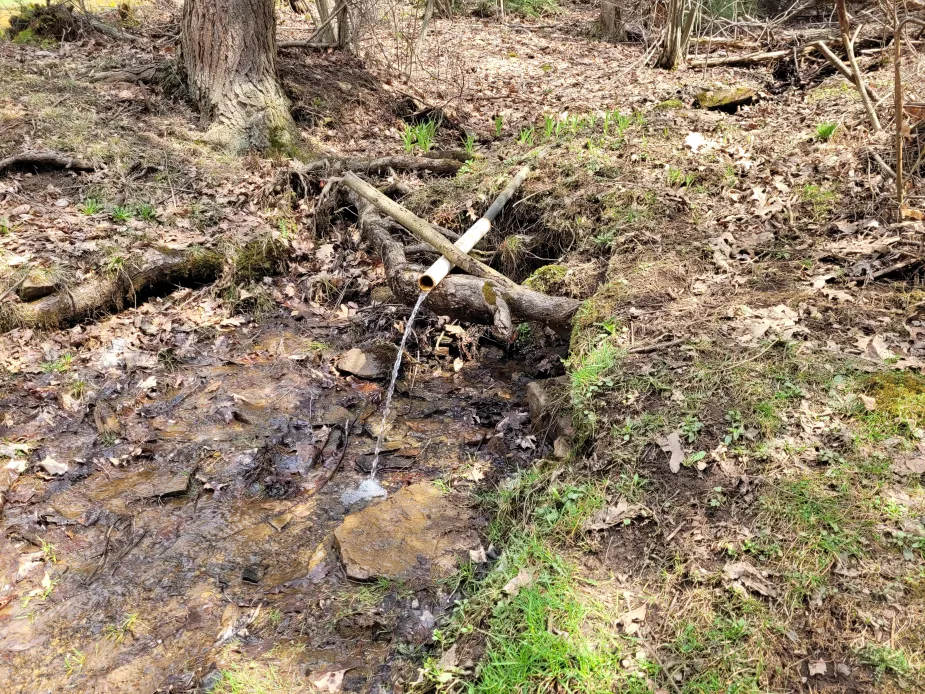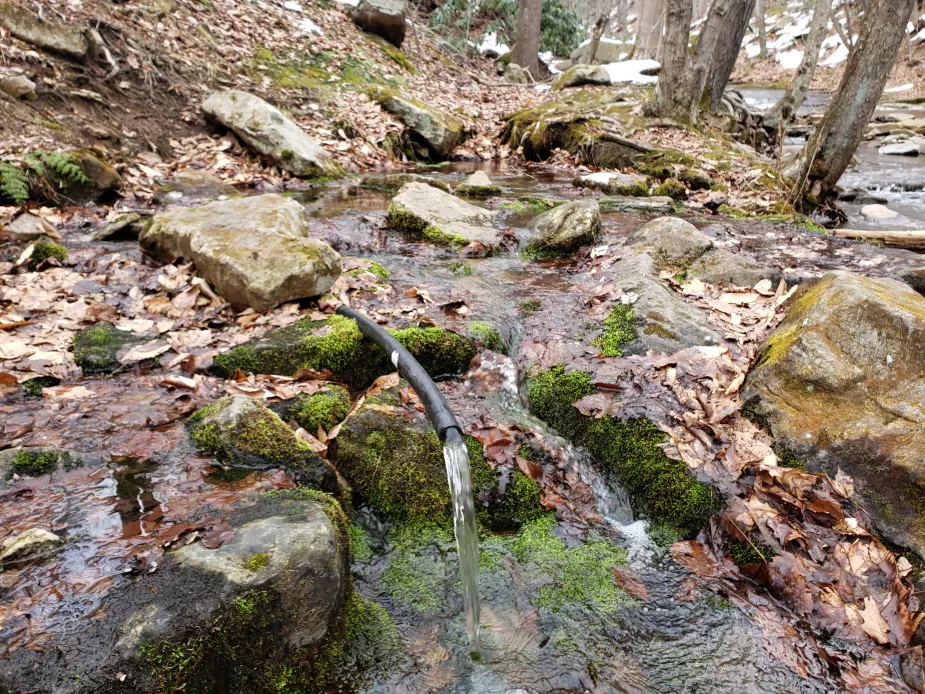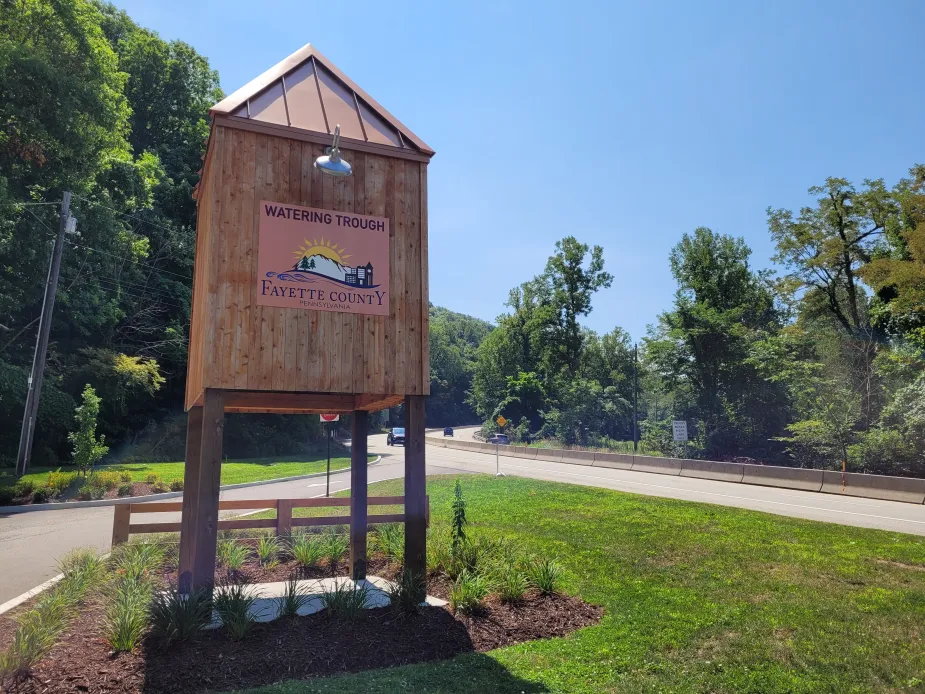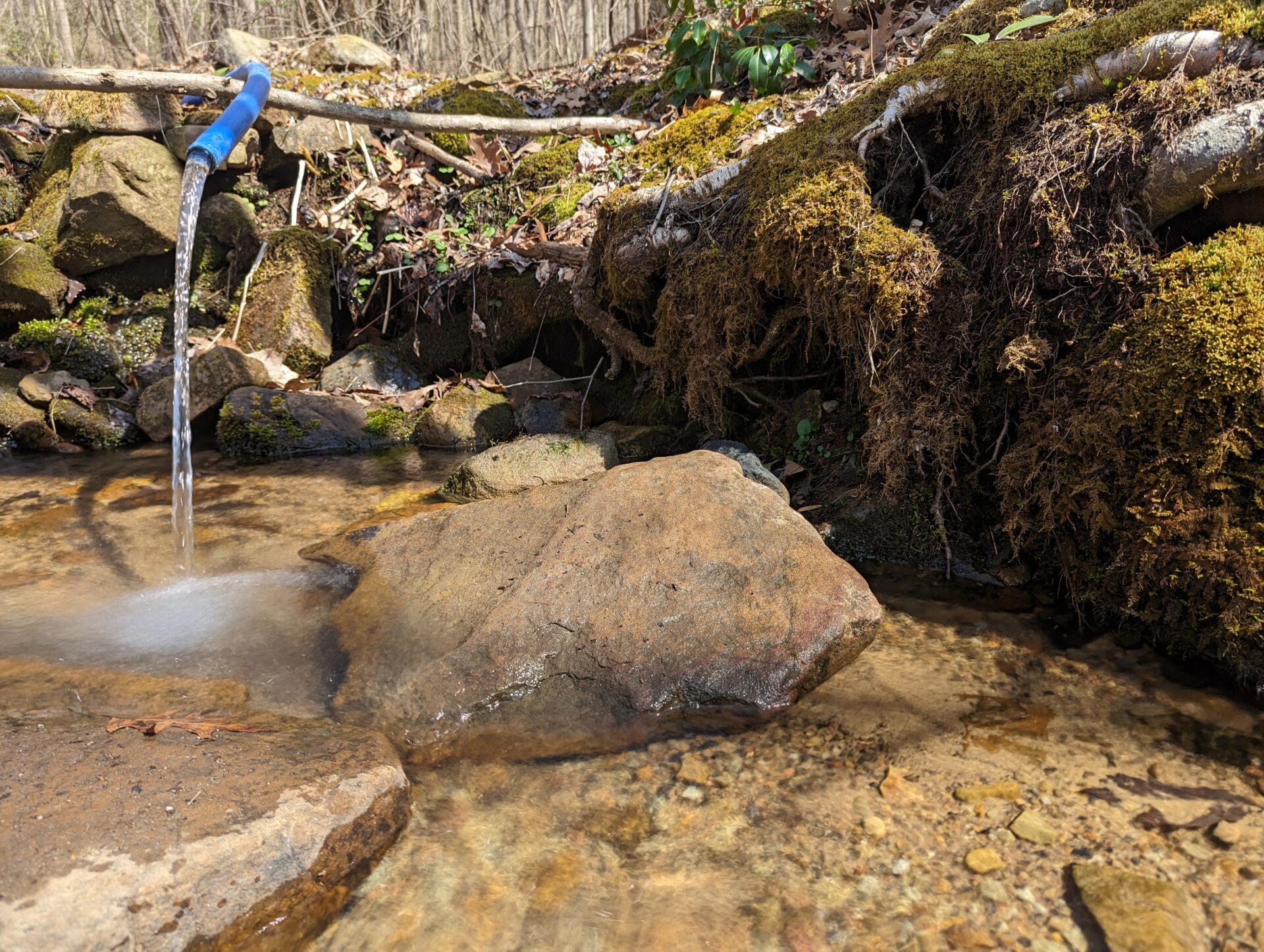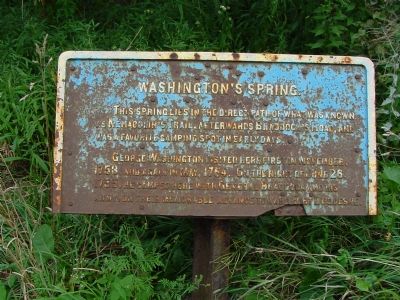About
Springs are a natural source of fresh, cold, flowing water that have undoubtedly attracted humans to them for millennia. Entire communities have been formed around springs, and many homes built before the 20th century were purposely built near springs.
MWA takes samples at various publicly accessible springs in and around the Youghiogheny River watershed each quarter to assess if they are up to drinking water standards. These springs are assumed to be potable (safe to drink) by the communities around them, but most, if not all, have no easily accessible record of their water quality to make that decision.
Please read the results and descriptions of the parameters before drinking. Keep in mind that our testing shows a snapshot of water conditions on the day we took the samples. Water quality is constantly changing, so use your best judgement!
We will continue to update this page as we do quarterly water sampling at these Roadside Spring locations. If you have any questions, please email Taylor@mtwatershed.com or call 724-455-4200 ext. 5#.
Quarterly Roadside Springs Report
Click on any of the springs below to see details and past results!
🟢 = safe | 
Results as of 07/02/24
Pressley Ridge/Lytel Road: N/A
We no longer sample these springs:
- Red Dog Road (consistently high E. Coli levels)
- Neals Run (now on private property)

